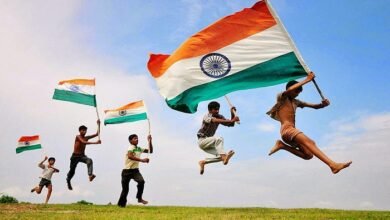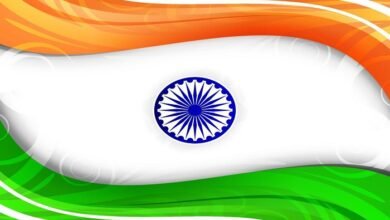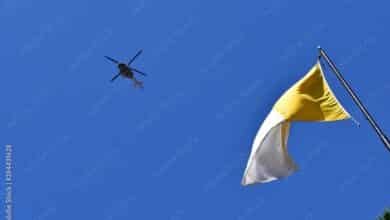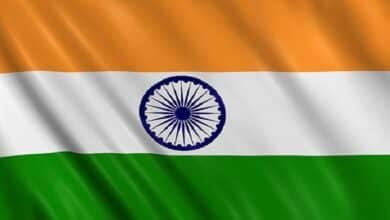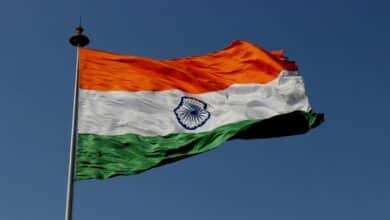The Beauty and Significance of the Indian Flag Wave

Introduction
The Indian flag wave is a powerful symbol of national pride, unity, and independence. Every time the tricolor flutters in the wind, it evokes a sense of patriotism and reverence. The sight of the Indian flag wave fills every Indian heart with honor and respect for the sacrifices made for the country’s freedom. Whether during national celebrations, sports events, or international platforms, the Indian flag wave remains a sight to behold.
The History of the Indian Flag and Its Wave
The history behind the Indian flag wave is rich and deeply intertwined with the country’s struggle for independence. The present tricolor was adopted on August 15, 1947, symbolizing the hard-earned freedom of the nation. The Indian flag wave at the Red Fort, hoisted by the Prime Minister, marks an annual celebration of Independence Day. Its journey from the first nationalist flag in 1906 to the current one shows how important the Indian flag wave has been in uniting people against colonial rule.
Meaning Behind the Colors in the Indian Flag Wave
As the Indian flag wave catches the wind, the colors tell a story of strength and unity. The saffron at the top represents courage and sacrifice, the white in the middle symbolizes peace and truth, and the green at the bottom signifies prosperity. The Ashoka Chakra in navy blue at the center represents the eternal wheel of law and righteousness. Every element in the Indian flag wave holds significance, reflecting the values of the nation.
The Indian Flag Wave in National Celebrations
The most glorious moments of the Indian flag wave occur during national celebrations such as Republic Day and Independence Day. On these occasions, the Indian flag wave takes center stage as it is hoisted by dignitaries and sung to the national anthem. People gather in schools, offices, and public spaces to witness the Indian flag wave, reinforcing their love for the country. The flag is also prominently displayed during sporting events, diplomatic visits, and military parades, where the Indian flag wave fosters a deep sense of nationalism.
Digital Representations of the Indian Flag Wave
With the rise of technology, the Indian flag wave has found digital representation across social media, animations, and artistic renditions. People share videos of the Indian flag wave during special occasions to express their patriotism. Online platforms showcase the Indian flag wave in beautifully animated graphics, making it accessible to millions worldwide. The digital world has made it easier for Indians, both at home and abroad, to feel connected to the nation through the Indian flag wave.
The Indian Flag Wave in International Events
Beyond India’s borders, the Indian flag wave represents the country’s global presence. Whether at the United Nations, Olympics, or diplomatic events, the Indian flag wave is a mark of the country’s prestige. Athletes proudly hold the flag high as it waves in stadiums, making every Indian feel proud. The Indian flag wave on international stages highlights India’s growing influence and its commitment to peace and progress.
Rules and Etiquette for the Indian Flag Wave
To maintain the dignity of the Indian flag wave, the government has established the Flag Code of India. According to the code, the Indian flag wave should always be in an upright position, with no damage or disrespect to its fabric. The Indian flag wave should never touch the ground, be used as a drapery, or be placed below another flag. Understanding these rules ensures that the Indian flag wave is honored in the right spirit.
Conclusion
The Indian flag wave is more than just a movement of fabric; it embodies the spirit of India and its people. Whether on national occasions, international events, or digital platforms, the Indian flag wave continues to inspire and unite. Watching the Indian flag wave reminds us of the sacrifices, values, and aspirations that define India. As citizens, it is our duty to respect and uphold the dignity of the Indian flag wave, ensuring it remains a source of pride for generations to come.
FAQs
1. Why is the Indian flag wave important?
The Indian flag wave symbolizes national pride, unity, and the sacrifices made for India’s independence, making it an essential patriotic expression.
2. What does the Indian flag wave represent?
The Indian flag wave represents India’s values through its colors: saffron for courage, white for peace, green for prosperity, and the Ashoka Chakra for righteousness.
3. How should we respect the Indian flag wave?
The Indian flag wave must be honored by following the Flag Code of India, ensuring it is hoisted correctly and never disrespected or misused.
4. Where can I see the Indian flag wave digitally?
You can witness the Indian flag wave in digital animations, videos on social media, and government broadcasts during national celebrations.
5. What is the significance of the Indian flag wave on Independence Day?
On Independence Day, the Indian flag wave at the Red Fort and across the country marks India’s freedom and serves as a reminder of its glorious past and promising future.

